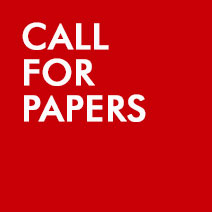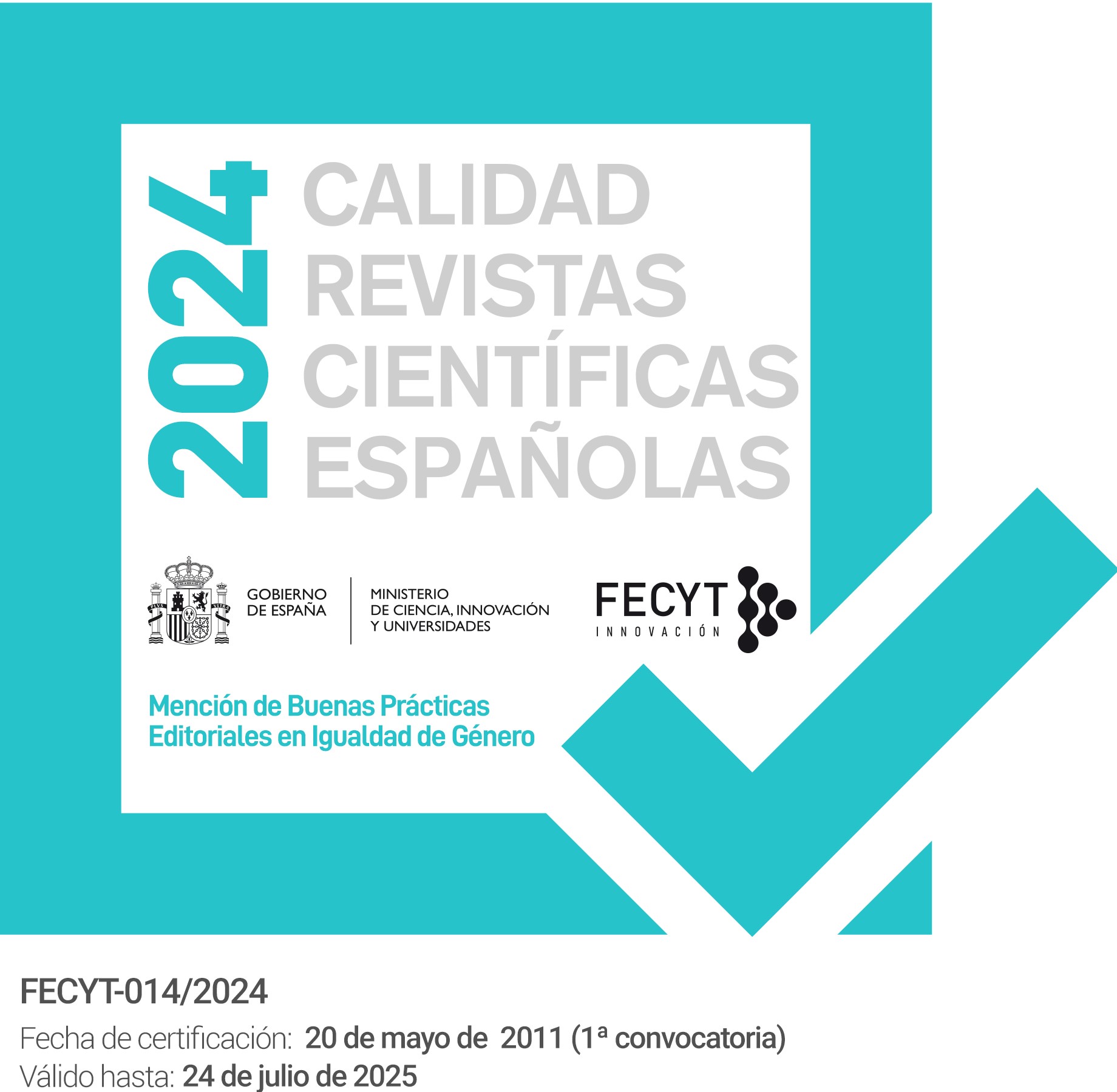Investigar sobre la introducción ilegal de inmigrantes en los Países Bajos y Austria: reflexiones metodológicas
Palabras clave:
Inmigración irregular, Cruce ilegal de fronteras, Método de historias de vida, Asilo y refugioResumen
La investigación cualitativa de las entradas ilegales de inmigrantes plantea cuestiones tanto metodológicas como éticas. Este artículo discute detenidamente las que se relacionan con el trabajo de campo realizado con esa clase de población. Porque los inmigrantes ilegalmente introducidos tienen un pasado y unas experiencias de viaje, y algunos han vivido confrontaciones con funcionarios de inmigración, todo lo cual puede influir sobre las historias de vida contadas a los investigadores y, por tanto, sobre la información recogida. Además el investigador, una vez contada la historia, será responsable de cómo va a usarse la información en ella recogida, muchas veces secreta.Descargas
Citas
ATKINSON, R. AND J. FLINT (2001): «Accessing Hidden and Hard-to-Reach Populations: Snowball Research Strategies», Social Research Update, Issue 33, University of Surrey.
(http://www.soc.surrey.ac.uk/sru/SRU33.html)
BARSKY, R. F. (1994): Constructing a Productive Other: Discourse theory and the Convention Refugee Hearings, Amsterdam/Philadelphia: John Benjamins Publishing Company.
BLOCH, A. (1999): «Carrying out a survey of refugees: some methodological considerations and guidelines», Journal of Refugee Studies 12(4): 367-383.
CHÁVEZ, L. (1992): Shadowed lives. Undocumented immigrants in American Society, Forth Worth, TX: Harcourt Brace Jovanovich College Publishers.
CORNELIUS, W. (1982): «Interviewing undocumented migrants: methodological reflections based on fieldwork in Mexico and the US», International Migration Review 16(2): 378-411.
DOORNBOS, N. (2002): De papieren asielzoeker. Institutionele communicatie in de asielprocedure, Nijmegen: GNI.
EFIONAYI-MADER, D., CHIMIENTI, M. et al (2001): Asyldestination Europa. Eine Geographie der Asylbewegungen, Seismo Verlag.
ELLIS, S AND J MACGAFFEY (1996): «Research on Sub-Saharian Africa’s Unrecorded International Trade; Some Methodological and Conceptual Problems», African Studies Review 39(2): 19-41.
GLAZER, M. (1982): The threat of the stranger: Vulnerability, reciprocity and fieldwork. In J. Sieber (Ed.), The ethics of social research: Fieldwork, regulation and publication. New York: Springer Verlag. pp. 49-70.
HYNES, T. (2003): The issue of ‘trust’or ‘mistrust’ in research with refugees: choices, caveats and considerations for researchers, UNHCR working paper n.º 98.
KNAPIK, M.(2002): Ethics in Qualitative Research: Searching for Practice Guidelines, Paper presented at the Symposium Linking Research to Educational Practice II, July 5-17, 2002, University of Calgary
MAHLER, S. (1995): American dreaming: immigrant life on the margins, Princeton: Princeton University Press.
MALKKI, L. (1995): Purity and exile. Violence, memory and national cosmology among Hutu refugees in Tanzania, Chicago: University of Chicago Press.
MRCC (2003): Medical Research Council of Canada, Natural Sciences and Engineering Research Council of Canada & Social Sciences and Humanities Research Council of Canada: Tri-Council Policy Statement: Ethical Conduct for Research Involving Humans, 1998 updated 2003, introduction Section D.
SMITH, L. T., (2002): Decolonizing Methodologies: Research and Indigenous Peoples, London: Zed Books.
SMYTHE, W. E., & MURRAY, M. J. (2000): «Owning the Story: Ethical considerations in narrative research», Ethics & Behavior, 10 (4), 311- 337. Retrieved January 31, 2002, from Academic Search Premier database.
STARING, R. (2001): Reizen onder regie. Het migratieproces van illegale Turken in Nederland, Amsterdam: Het Spinhuis.
ZETTER, R. (1991) «Labelling refugees: forming and transforming a bureaucratic identity», Journal of Refugee Studies 4(12): pp. 39-62.
Descargas
Cómo citar
Número
Sección
Licencia
Los autores de artículos aceptados en la revista Migraciones conservan los derechos de propiedad intelectual sobre sus trabajos y otorgan a la revista los permisos de distribución y comunicación pública de los mismos, consintiendo que se publiquen bajo una licencia Creative Commons NonCommercial-NoDerivatives-Attribution 4.0 International License. Se recomienda a los autores publicar su trabajo en Internet (por ejemplo en páginas institucionales o personales, repositorios, etc.) respetando las condiciones de esta licencia y citando debidamente la fuente original.






